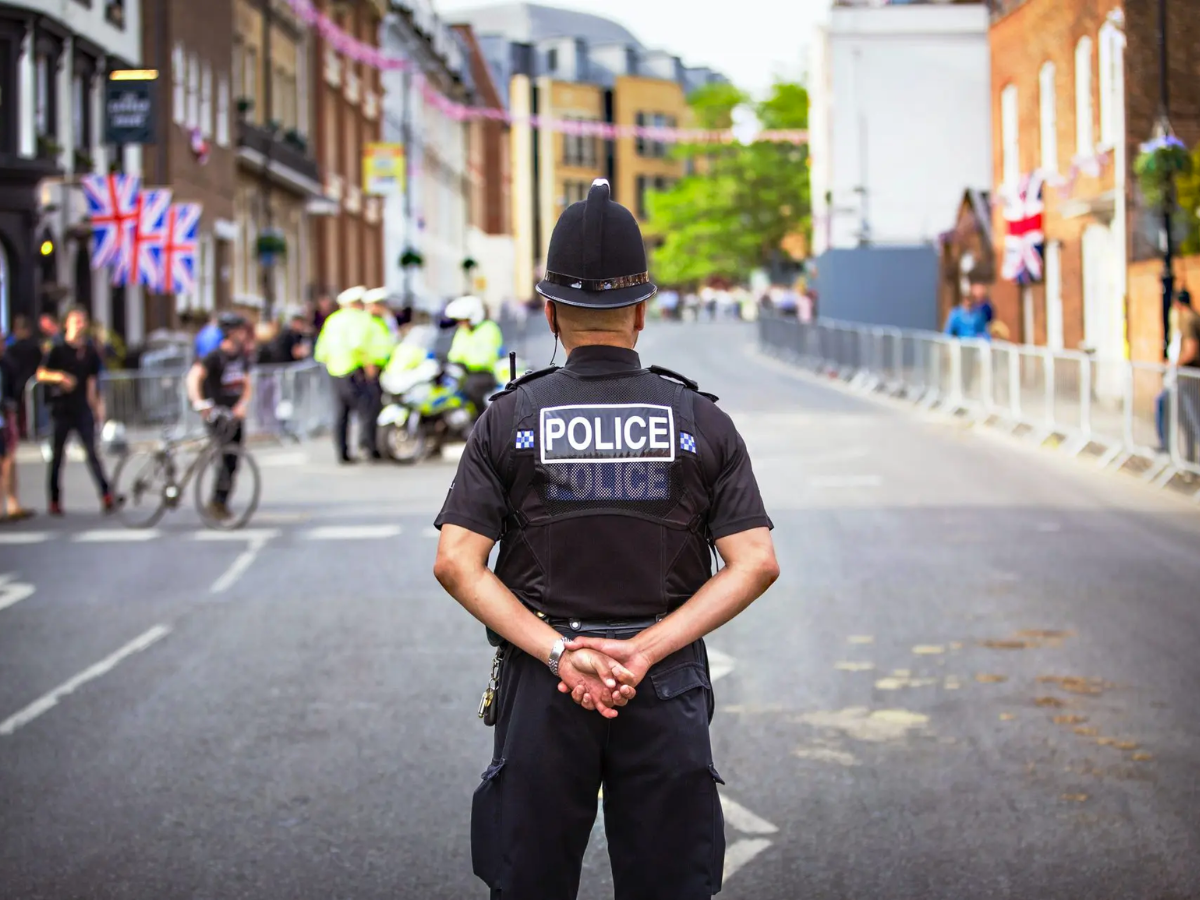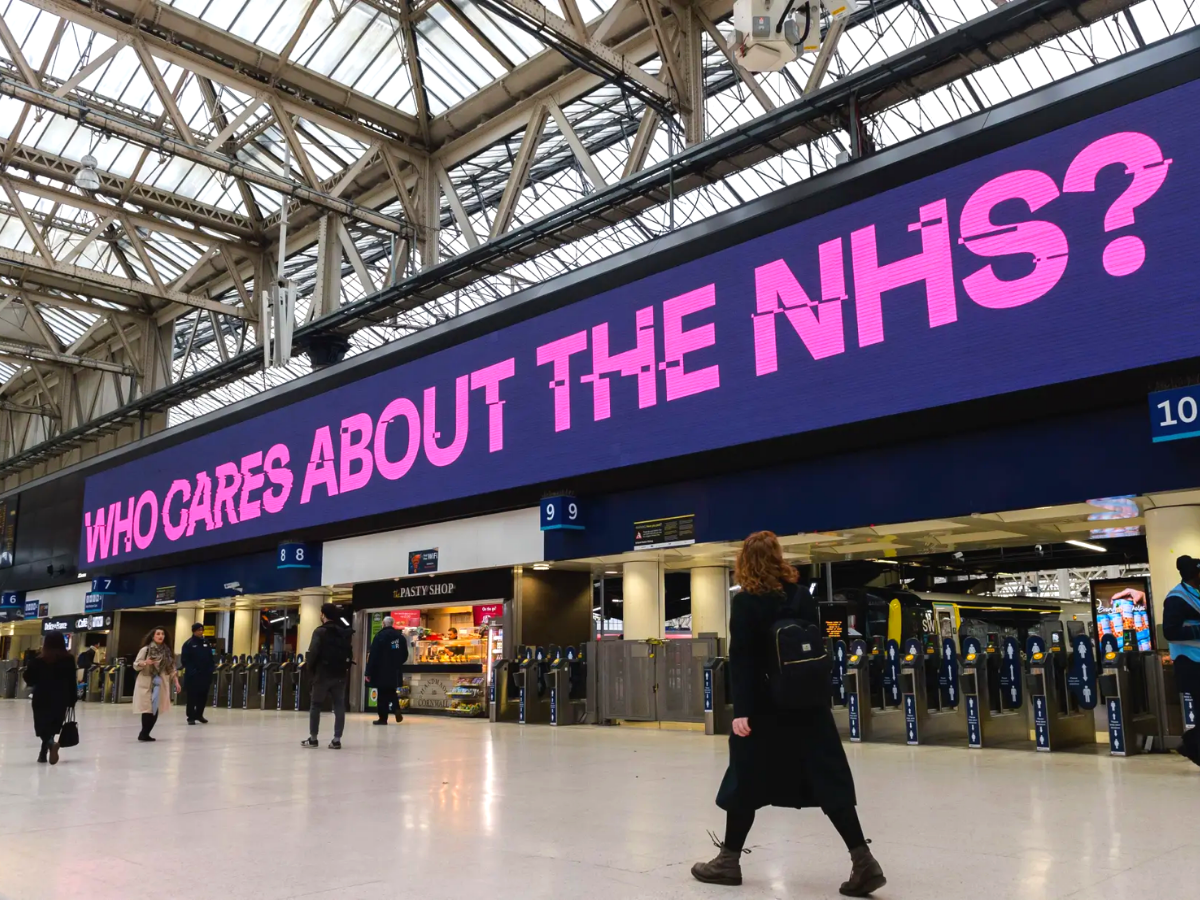The Office for National Statistics (ONS) reports that COVID-19 levels are starting to fall in the UK, but the impacts of this are a long way from reaching the front lines. For many A&E departments, the latest data shows a brutal reality in which waits are reaching record highs.
A&E departments in crisis
As the UK’s population grows and ages, the number of people attending A&E steadily increases. With more and more people presenting at A&E departments around the country, meeting the 4-hour waiting time target (under which a minimum of 95% of patients should be admitted, transferred or discharged within four hours) becomes increasingly difficult.
A&E has been under increasing strain for many years, but this has never been more apparent than during the pandemic. In March, the 4-hour turnaround average in England was down to just 71%. In extreme cases, some patients have reported waits as long as 31 hours. Waits across the UK have been climbing, and hospitals in Liverpool and Nottingham have even posted warnings asking the public to think twice before attending A&E.
‘I have never seen it as bad as it is now,’ commented Dr Katherine Henderson, president of the Royal College of Emergency Medicine. ‘Long waits in emergency departments cause harm because a patient’s condition may deteriorate and there may not be the staff there to notice. It makes everybody really anxious, and we know that people are not getting the care they deserve.’
The introduction of NHS 111 in 2013 (following a patchy and bumpy rollout) aimed to steer people away from emergency departments. This has largely been effective; a 2019 review by NHS England found that, since its inception, NHS 111 had prevented more than 12 million unnecessary A&E visits, citing that 1 in 4 people would have gone to A&E were it not for the advice given by 111 operators. On top of this, ‘1 in 6 would have phoned for an ambulance, meaning 111 prevented three million 999 calls that could have resulted in unnecessary ambulance call outs.’
111 has remained an integral service throughout the pandemic. However, reduced GP access did lead to increased use of the service for non-urgent queries that may have been more appropriately addressed to a pharmacist.
Are cases falling in the UK?
The fall in cases reported by the ONS is a very recent trend – up until a few days ago, cases were still rapidly climbing. In the week up to 2 April, a record 4.9 million people had the virus in their body; this figure decreased to around 4.4 million in the week up to 9 April. Whether this decline will be an ongoing trend remains to be seen.
Despite the 10% drop reported by the ONS, the number of cases in the UK remains incredibly high with an estimated 1 in 15 people testing positive for the virus. The ONS COVID-19 Infection Survey (CIS) uses its own testing and gives the clearest indication of the virus’s spread since free testing ended in England.
The end of free testing has made it difficult to gain a clear picture of case rates, especially for individuals. Where members of the public may previously have been aware of growing numbers of people around them testing positive on routine LFTs, this is no longer the case. This means that, despite continued statistics from the CIS, members of the general public may not be aware of the true level of exposure risk in their community.
While it is still possible to purchase LFTs, suddenly having to pay for them has led to fewer tests being taken in the community. Where people used to take tests even if asymptomatic when they were due to meet up with loved ones or attend events, most households now reserve tests for when they have symptoms. Given that many cases are asymptomatic, this likely means many people who are unknowingly positive are still going to work, events, and school.
With isolation now a matter of personal choice, testing is only part of the picture when it comes to the current spread. People who have tested positive are free to choose to what extent they will isolate themselves, if at all.
A new vaccine on the scene
The COVID-19 landscape is still ever-changing here in the UK, including the realm of vaccinations. A new vaccine from manufacturer Valneva has been approved for use in the UK by regulators. Muck like other vaccines used in the UK, it is designed to be administered in two doses. This new jab has been found to have superior neutralising antibodies to the AstraZeneca vaccine in clinical trials.
This jab contains an inactivated whole copy of the virus, much like traditional measles and flu jabs, whereas other COVID-19 vaccines have not actually contained the virus itself. The mRNA vaccines we have all had thus far in the UK do not contain any live virus, they simply teach our cells to replicate the spike protein found on the surface of the COVID-19 virus so that our immune system knows how to respond if it encounters the virus itself.
COVID-19 is very much still a presence in the lives of everyone across the UK, even if life may have returned to a semblance of normality for many. The plan to ‘live with covid’ is beginning to yield results, but only time will tell whether they will be the results the government was hoping for.
Recommended for you

Antidepressant Prescribing at Six-Year High
More people are taking antidepressants than ever. Is this a dark sign of the times or an indication that mental health stigma is changing?

Can AI be Used to Determine Cancer Recurrence?
When cancer patients go into remission, they often worry about it coming back. AI can now help identify those at risk of cancer recurrence.

Pegasus – Still a Threat to the UK?
The notorious Pegasus spyware has been misused to exploit vulnerabilities in devices, even those kept within the walls of Number 10.
Trending

Drug Decriminalisation: Could the UK Follow Portugal?
Portugal’s drug decriminalisation has reduced drug deaths and made people feel safe seeking support. Would the UK ever follow suit?

Calling All Unvaccinated UK Adults
With Covid cases rising, the NHS is urging the 3 million UK adults who remain unvaccinated to come forward.





